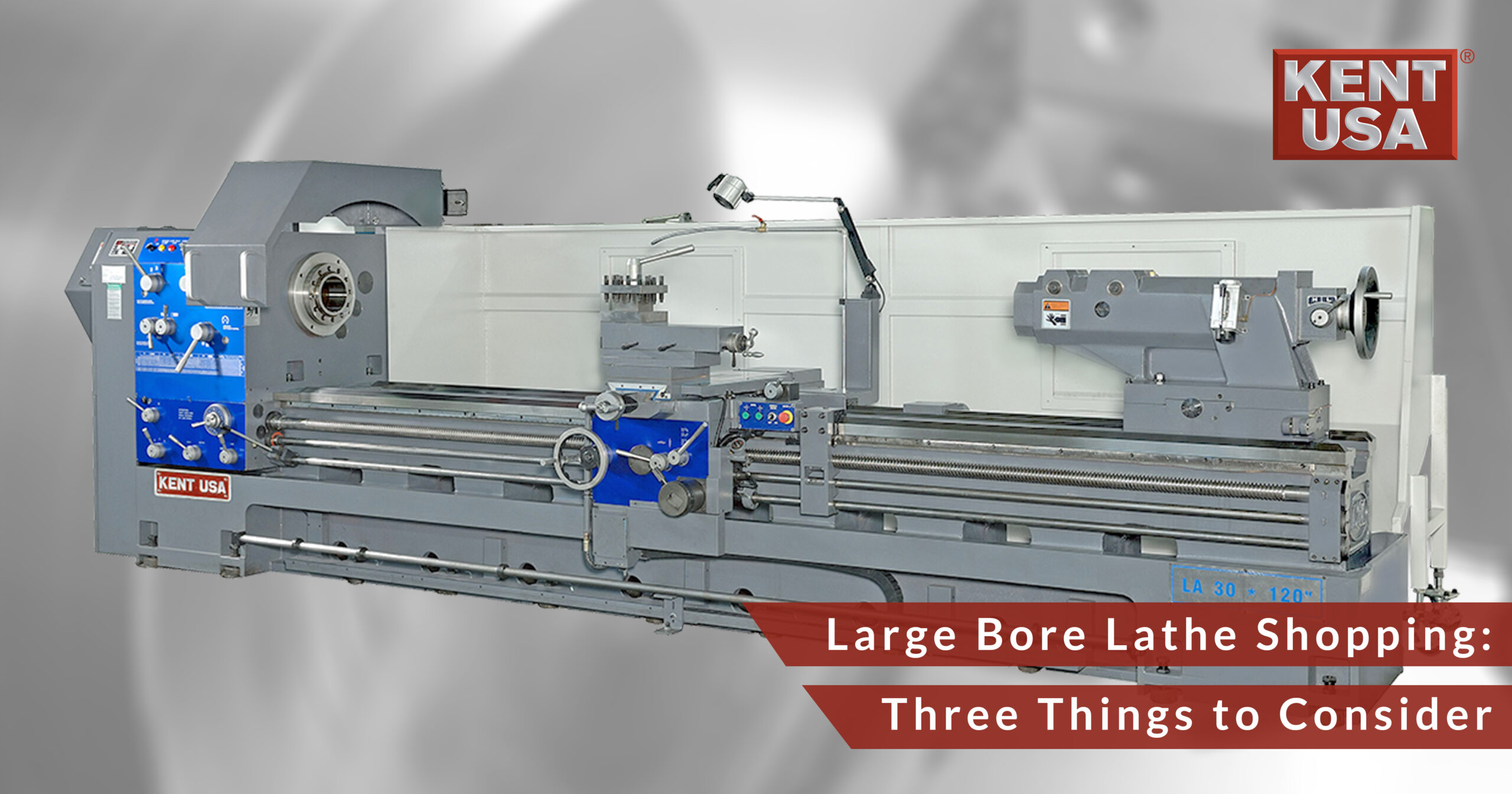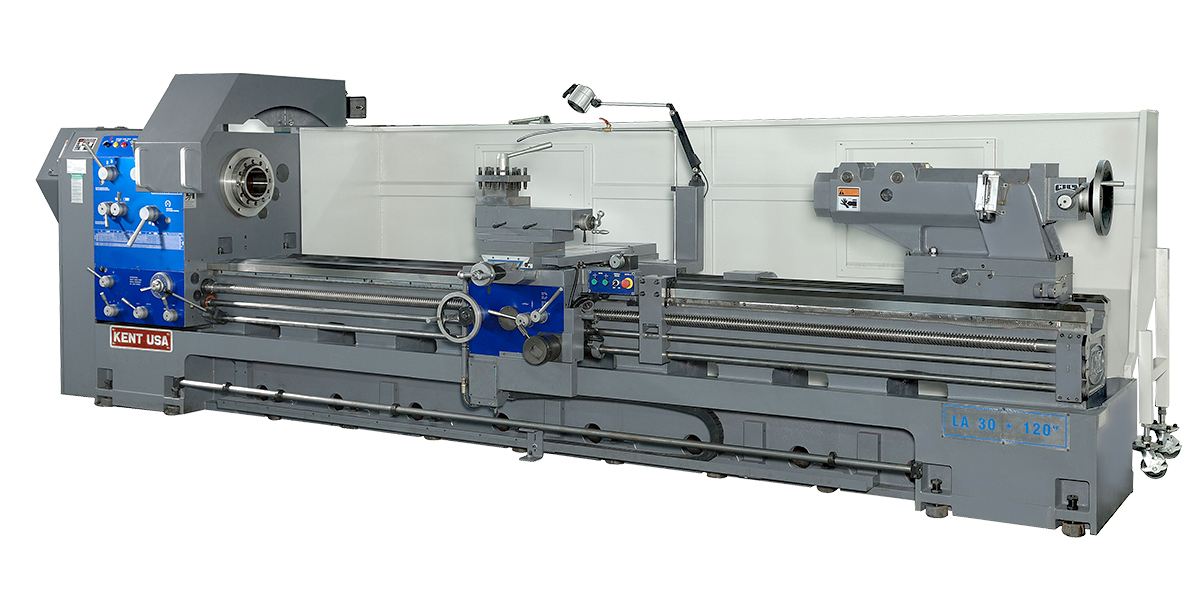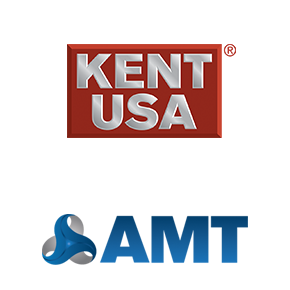Large Bore Lathe Shopping: Three Things to Consider
When you’re one of the elite few that turns massive parts for a living, the day inevitably comes when you need a bigger machine. This is especially true in industries such as oil and gas, mining, steel processing, and—somewhat ironically—machine tool builders. Each of these is always looking to build larger, more capable equipment; without an equally capable engine lathe to deliver high-quality shafts, housings, and other mechanical components needed make this equipment. Here a few things to consider when shopping for your next large lathe.
A Large Lathe Should be Heavy
It might seem obvious, but turning large, heavy parts works best when the machine is similarly large and heavy. For example, a Kent USA LA-34 large series lathe with 200 inches between centers tips the scales at 27,000 lbs. That’s more than an armored car, and twice that of a bull elephant. You’ll want plenty of power as well, as in 20 or even 30 HP, with a wide gear range for those heavy cuts.
Large Lathes Need Large Swings
The spindle is the heart of any machine tool. Large lathes are no different. How much swing you need depends entirely on what you’ll be turning. Here again, more is usually better—the LA-34 Lathe just mentioned boasts 34-inches over the bed (hence the name). And while swing is important with a large lathe, so is chuck and bar capacity. Wouldn’t it be nice to bar-feed a 6-inch or even 9-inch chunk of metal (optional), and skip the bandsaw entirely?
Large Lathe Rigidity (and Accuracy)
Capacity is great, but rigidity is better. Look for a one-piece Meehanite casting (some brands use Weldments). The bed should be hardened and ground, as should the gears and spline shafts. Look at the distance between front and rear way—more is better, yes, but it should also be sized proportionate to the swing. Heavy parts increase the likelihood of stick-slip, precision’s arch enemy, so a Turcite-coated cross slide and carriage is important. An auto-lube system is also a good idea.
That’s just a short summary. Don’t forget about all the other stuff that goes with any engine lathe, large or not. Quick-change tool posts reduce setup time. Follow rests, steady rests, and roller brackets keep long parts secure and stable. Need to cut tapers, or bore deep holes? Better find a large lathe with the right attachments. Tailstock support, a secondary spindle, braking speed—it’s a lot to consider. Be sure to do your homework, and if you have any questions, give us a call.
Share this article:



